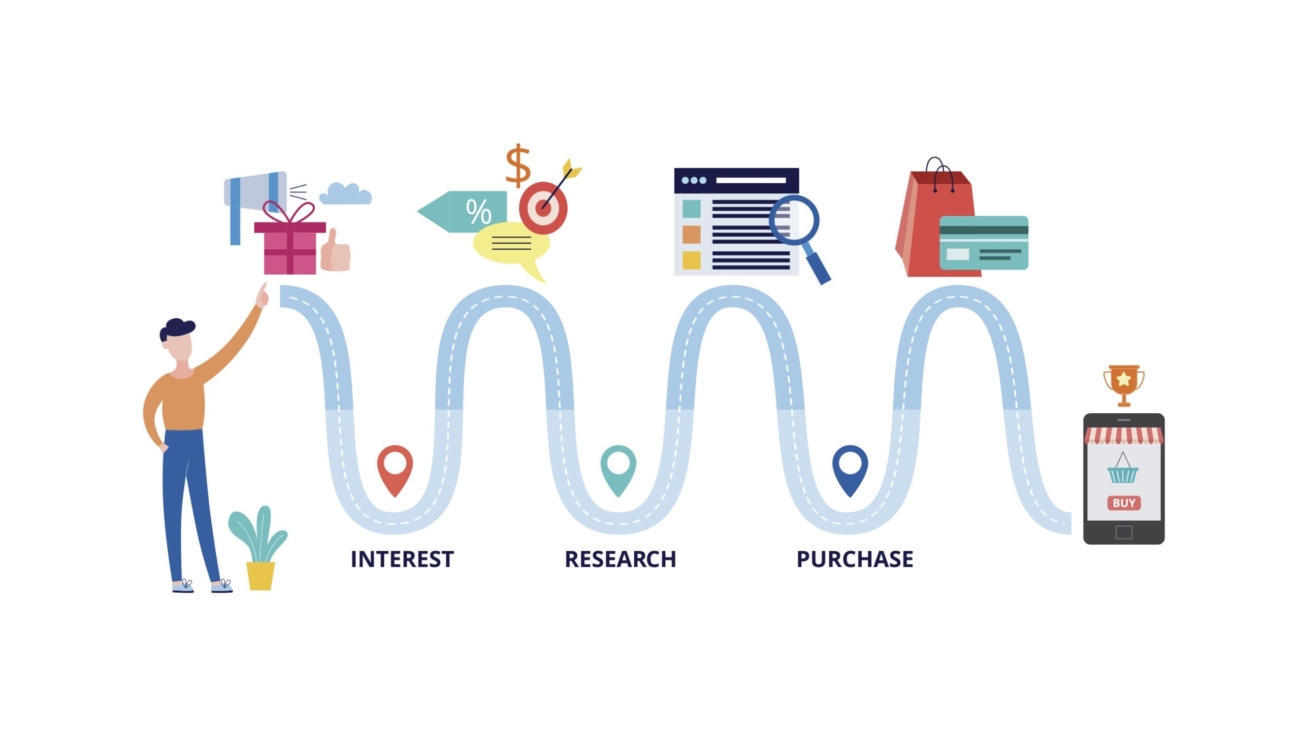Since its inception, Google or Universal Analytics (GA) has established itself as a key platform for today’s marketers. It’s no secret that GA helps companies explore who their customers are – featuring information such as demographics, location, retention, and device technology. Because of GA, marketers have been able to more accurately interpret the impact of marketing campaigns and segment audiences accordingly.
Google Analytics 4, or GA4, is the newest iteration of GA. All GA users will need to transition to GA4 by July 1st, when Universal Analytics will stop processing data. Keep reading to discover what you need to know to prepare for this change!
About GA4
According to Google, GA4 will enable users to measure traffic and engagement across your websites and apps, effectively combining data across platforms in the same property.
Key Components of GA4
- – Collects both website and app data for brands to better understand their customer’s journey
- – Uses event-based vs. session-based data
- – Includes privacy controls like cookie less measurement and behavioral and conversion modeling
- – Predictive capabilities offer guidance without complex models
- – Direct integrations to media platforms help drive actions on a brand’s website or app
- – For more specific details, visit here
Recent Developments
Earlier this month, Google revealed that it will automatically create a GA4 property for users starting in March if you have an eligible GA property.
While this should allow users a sigh of relief (believe us, we get it!) if you have not yet made the switch, it is important to know that this should be the start – not the end – of your migration process (the end will be July).
This latest update from GA is a good start and should help more brands get over the initial hump of implementation. Furthermore, it will allow brands to get familiar with the platform’s new interface and selection of tools.
How Your Brand Will Be Affected
With innovation comes opportunity. We are excited to work with both our partners and clients to determine how GA4 can be used more effectively and efficiently to drive business insights.
In fact, the new key components can be used to improve business decisions. Here’s how:
- Collects both website and app data
Why this is important: The cross-platform analytics can help give a more unified view of the customer’s journey.
- Uses event-based data vs. session-based
Why this is important: Events give additional insight regarding details like button clicks, form completions, external link activity, and more. Therefore, there will be major differences in how data is measured, analyzed, and applied to business decisions. (source: Lookinla.com)
- Includes privacy controls like cookie-less measurement and behavioral and conversion modeling
Why this is important: With more brands and legislature taking a privacy first approach, GA4 is addressing similar challenges and proactively offering solutions including IP anonymization, data storage duration settings, and more.
- Predictive capabilities offer guidance without complex models
Why this is important: Machine learning can help define trends in customer behavior and create more actionable segments to target. This can also allow for more efficient ways to assume business outcomes.
- Direct integrations to media platforms help drive actions on a brand’s website or app
Why this important: Not only will this facilitate more business insights, but it will provide improved functionality and ease of access. This will make in-app social sharing more seamless (source: SocialMediaToday.com and ToTheNew.com).
If you’re unsure of what some of this means, or how it will impact your business, we can help! Reach out to us here.
Our Recommendations
At Media Horizons, our goal is to provide consistent updates and a helpful starting point for you during this transition period. Overall, we think it is helpful to keep high-level and overarching goals in mind, so you can stay focused on your business objectives and growth. Here is what we would recommend:
- – Define your overarching objectives and goals with the migration
- – Operationalize the migration for a seamless experience
- – Develop enhanced marketing strategies that leverage the new tool suite
- – Create more robust segments to measure success / impact on business
- – Analyze results and improve business practices based on insights
We understand that this is a lot to absorb and may be overwhelming. Did you know that we can set up your brand’s GA4 account for you and ensure a seamless transition?
More specifically, we are available to provide support, guidance, and resources to help with the migration (initial setup, advanced configurations, setting up goals and events, updating dashboards/reports, etc.). We deliver dynamic full-service solutions to meet your brand’s marketing needs! Get in touch to begin your GA4 transition today.
On a different (but related!) note, have you heard about Google’s new AI chatbot named “Apprentice Bard?” Google is just the latest platform to enter the conversation about AI. In our opinion, there are many potential opportunities for AI in advertising. Stay tuned for our next blog about AI and why marketers should be interested in it.







